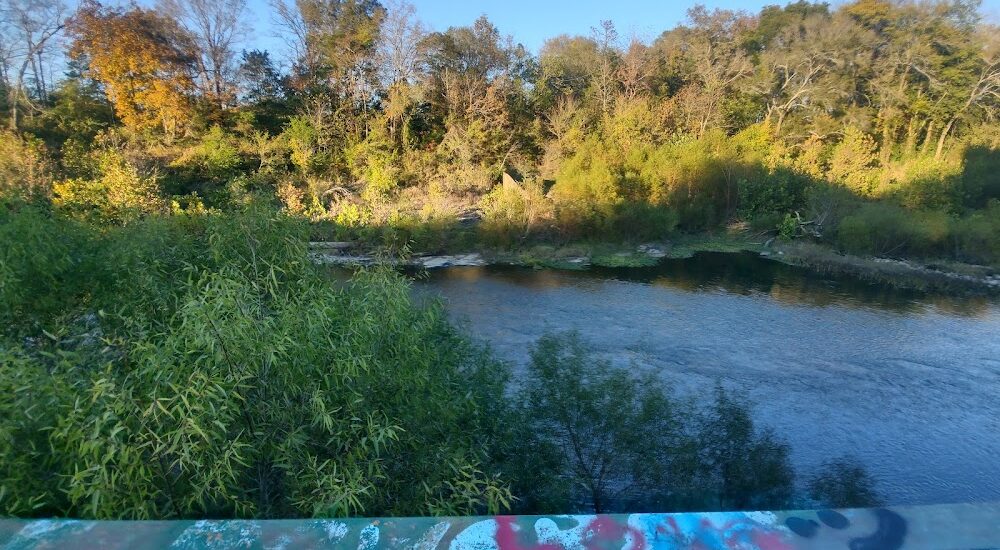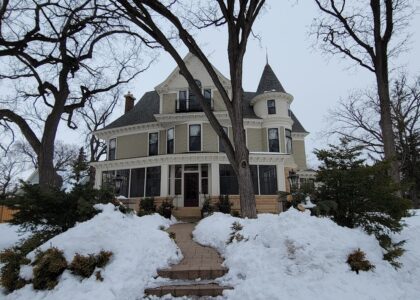Welcome to the historic site of the Carbonton Dam, located near Sanford, North Carolina. As you stand here, you’re not just witnessing the remnants of a bygone era but a pivotal landmark in the story of North Carolina’s industrialization.
The history of Carbonton Dam is deeply intertwined with the development of the surrounding region. Originally built in the 1920s, this dam was the first electrical power plant in the Sandhills, a significant achievement at the time. But the history of this site stretches even further back. Before the dam, this area was home to several mills, dating back to the early 1800s, and potentially to the Revolutionary War era. The site’s geographical advantages made it ideal for harnessing water power, a critical energy source at the time.
Perhaps one of the most fascinating aspects of this location is its connection to the Deep River and the coal-rich lands around it, which were once a vital resource for the area. This region, known as Carbonton, owes its name to the coal deposits that were mined here, contributing to the local economy and the broader industrial efforts of North Carolina.
The dam itself, though no longer standing, was deconstructed in 2005 to restore the natural ecology of the Deep River. However, the powerhouse remains, a relic of the past that continues to capture the imaginations of those who visit. This site has long been a hub of activity, with figures like Archibald Murphey, a notable advocate for public works, contributing to its development.
Today, while nature has reclaimed much of the area, visitors can still explore the old powerhouse, with its rusty stairways and graffiti-covered walls. It’s a place where history echoes in the gentle burble of the river and the whispers of the wind through the trees. As you explore, imagine the bustling energy of this place in its heyday, with workers and engineers striving to harness the power of the river for progress and innovation.
Carbonton Dam isn’t just a piece of history; it’s a testament to the resilience and ingenuity of the communities that grew around it. So take a moment to reflect on the stories of the past as you enjoy this serene and historically rich site.





